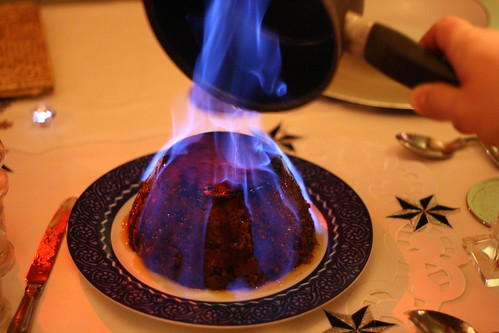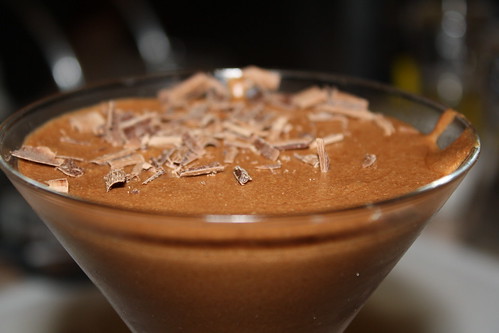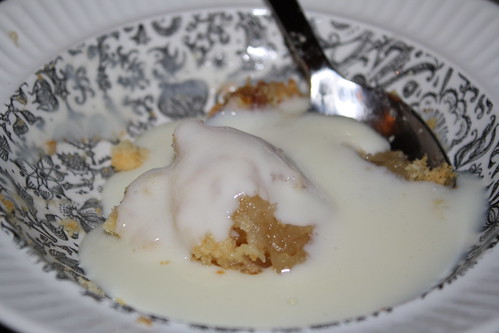 photo by Simon Pearson
photo by Simon Pearson
Last night I chatted to Peter Godfrey about Christmas sweets and treats (yes, for a change I’m not posting the best part of a fortnight later but there wouldn’t have been too much point to that, would there?).
This Christmas I’m doing dessert and while I have decided to do a pavlova I’m still umming and ahhing about my second choice. I think the key with a Christmas dessert, more so than any other time of year, is that it’s something you can have ready in advance. As much as possible when you’re feeding a horde, Christmas should be about spending time with your guests rather than hiding in the kitchen. Of course, you might also have had a few too celebratory drinks so it’s best not to heap pressure on yourself with fiddly last minute finishing touches.
If you have plenty of time you might want to try your hand at making a trifle. Making one from scratch takes a pretty long time (especially if you need to make the sponge twice like I did!) but none of the steps are particularly hard and there’s ample pauses for cups of tea while you’re waiting for things like the jelly to set!
Other great prepare ahead desserts are cheesecake and chocolate mousse. We have cheesecake quite often during the year so it’s not that special, but chocolate mousse definitely is! Buy the best chocolate you can afford and treat yourself to a splash of brandy or rum. Be sure to serve with lashings of cream.
Finally, Christmas wouldn’t be complete without shortbread. If you make nothing else this Christmas, make these easy biscuits yourself – and the recipe is even gluten free.
Post celebrations I’ll be sure to post my pavlova and whatever else it is I end up making!
What sweet treat is always on your Christmas table?


